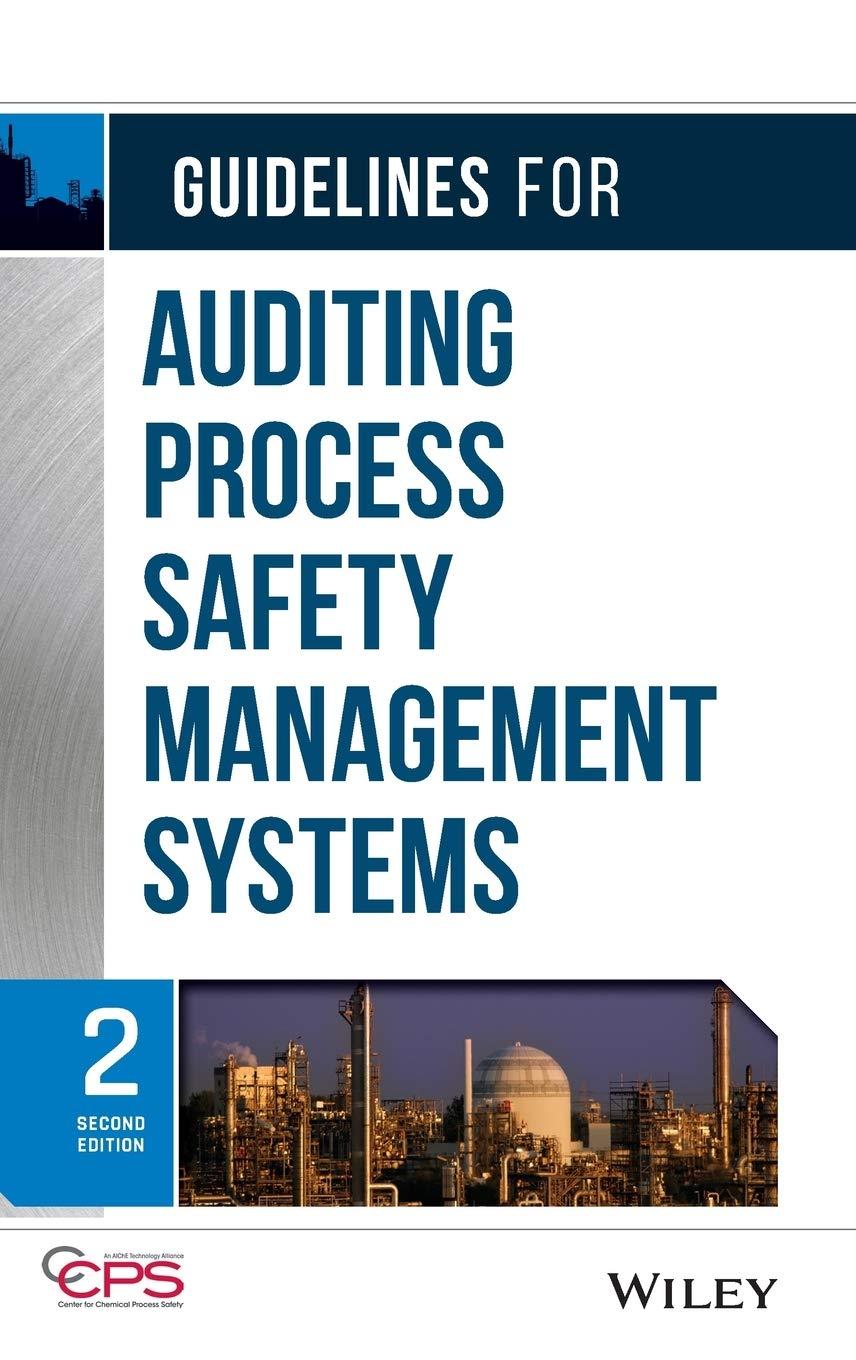Wonderfull Not only did our salespeople do a good job in meeting the sales budget this year, but our production people did a good Job in controlling costs as well," said Kim Clark, president of Martell Company "Our $16,900 overall manufacturing cost variance is only 125% of the $1,352,000 standard cost of products sold during the year. That's well within the 3% parameter set by management for acceptable variances. It looks like everyone will be in line for a bonus this year." The company produces and sells a single product. A standard cost card for the product follows: Standard Cost Card-Per Unit of Product Direct materials, 2.00 metres at $8.70 per metre $ 17.40 Direct labour, 1.50 hours at $8.00 per hour 12.00 Variable overhead, 1.50 hours at $2.00 per 3.00 hour Fixed overhead, 1.50 hours at $5.00 per hour 7.50 Standard cost per unit $39.90 The following additional information is available for the year just completed: a. The company manufactured 29,000 units of product during the year. b. A total of 64,000 metres of material was purchased during the year at a cost of $8.90 per metre. All of this material was used to manufacture the 29,000 units. There were no beginning or ending inventories for the year c. The company worked 46.000 direct labour hours during the year at an average cost of $775 per hour d. Overhead is applied to products on the basis of direct labour hours. Data relating to manufacturing overhead costs follow Denominator activity level (direct labour-hours) Budgeted fixed overhead costs (from the overhead flexible budget) Actual variable overhead costs incurred Actual fixed overhead costs incurred 31,000 $155,000 90,600 157,300 Required: 1. Compute the direct materials price and quantity variances for the year indicate the effect of each variance by selecting "F" for favourable "U" for unfavourable, and "None" for no effect (l... zero variance)) Materials price variance Materiais quantity variance 2. Compute the direct labour rate and efficiency variances for the year. (Indicate the effect of each variance by selecting "F* for favourable, "U" for unfavourable, and "None" for no effect (i.e. zero variance).) Labour rate variance Labour officiency variance 3. For manufacturing overhead, compute the following: a. The variable overhead spending and efficiency variances for the year. (Indicate the effect of each variance by selecting "F" for favourable, "U" for unfavourable, and "None" for no effect (.e., zero variance).) Variable overhead spending variance Variable overhead officiency variance b. The fixed overhead budget and volume variances for the year. (Indicate the effect of each variance by selecting "F" for favourable. "U" for unfavourable, and "None" for no effect (i.e., zero variance).) Fored overhead budget variance Fixed overhead volume variance 4-a. Compute the total variance Indicate the effect of variance by selecting "F* for favourable. "U" for unfavourable, and "None" for no effectie, zero variance):) Tovariance









